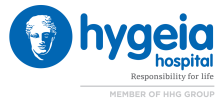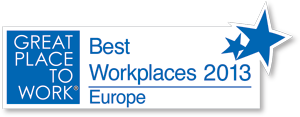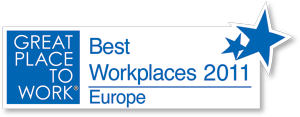How is the test for the new SARS-CoV-2 coronavirus performed at HYGEIA?
Specimen collection for the new coronavirus, which causes the COVID-19 disease, is primarily performed at the Emergency Department under special conditions.
In addition, specimens for the test may be collected at home by a new HYGEIA service established for this purpose, as well as from certain special cases of inpatients, following approval by the HYGEIA Infection Control Committee.
Based on Department protocol, patients with respiratory infection who present at the HYGEIA Emergency Department are examined in a special container office at the hospital’s entrance. Gravely ill patients or those arriving by ambulance are examined in closed-off and ventilated rooms within the Outpatient Clinic area.
Specimen collection for the new coronavirus is mainly performed on those who meet the National Public Health Organization (NPHO) criteria, as listed on its official website https://eody.gov.gr/neos-koronoios-covid-19-kritiria-gia-ergastiriako-elegcho/. Furthermore, for patients with respiratory infection who need to be admitted, a specimen for the new coronavirus must be collected at the Emergency Department, while these patients are hospitalized on a special floor until the results are issued. Provided the test is positive, they are transferred by a National Health System ambulance to a referral hospital.
What personal protective equipment do the doctors wear when collecting specimens?
Specimen collection for SARS-CoV-2 is primary performed by the Emergency Department doctors or other trained physicians. All the personal protective equipment (PPE) required is worn by the person collecting the specimen, including high-protection mask, full-body waterproof gown, goggles or face shield for eye protection and hospital booties over the shoes.
A specific procedure is following for putting on and, chiefly, removing the PPE, based on the NPHO instructions. All healthcare professionals tasked with managing such patients have been trained accordingly.
How is the collection performed?
The specimen is collected from the oropharynx using a special swab. It may also be collected from the nasopharynx or bronchial secretions. It is specially packaged, placed in a special box for transportation and accompanied by a document required by the NPHO, filled out by the doctor. The specimen is sent to the lab. The method used is the real-time polymerase chain reaction (RT-PCR) test.
Specimen collection at home, wherever necessary, is performed by a special crew in the same manner, using all the required PPE.
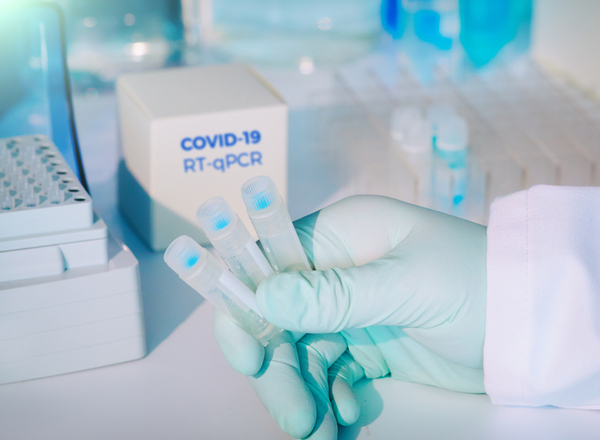
Molecular detection of SARS-CoV-2 using RT-PCR
The outbreak of the SARS-CoV-2 pandemic, placed the A-Lab, the HHG Molecular Biology and Genetics Center, at the front line of the fight against the coronavirus. Responding to the needs of all Group hospitals, the A-Lab immediately proceeded with providing molecular detection of the new virus strain, the only method that offers a fast and reliable result.
The specimens collected for molecular detection of SARS-CoV-2 are mainly oropharyngeal/nasopharyngeal swabs or pharyngeal lavage from the upper respiratory tract, or sputum / bronchial secretions / BAL from the lower respiratory tract. Clinical specimens collected from the lower respiratory tract have higher diagnostic value compared to specimens from the upper respiratory tract, in cases where this is possible.
Specimen collection is carried out using a special swab for tissues (plastic swab with Dacron tip for smears) or a sterile vial for collection of sputum, bronchial secretions or BAL from the lower respiratory tract.
All specimens collected at the Group hospitals are treated as potentially infectious and, consequently, all the necessary protection and spread prevention measures are applied throughout the processes of collection, packaging, storage and transfer of specimens. The professionals participating in the entire specimen management process wear personal protective equipment.
Triple packaging is used when transferring the clinical specimens to the lab, located outside the hospital premises.
Real Time RT-PCR Method
Once the specimens are received by the lab, the viral RNA is isolated and polymerase chain reaction with reverse transcription is applied to amplify 2 different targets of the SARS-CoV-2 viral genome. The test is concluded within 3 to 4 hours from the time the specimens are received by the lab.
Evaluation of results
A negative SARS-CoV-2 result means that the virus was not detected in the specimen. Apart from uninfected individuals, this may also apply for asymptomatic virus carriers during the incubation phase. The molecular method is superior to others as it can detect the virus in the very early stages of the infection; however, it cannot detect the virus 100% during the incubation phase. It is also very important to collect ample material for the smears. Generally speaking, the nasopharyngeal swab is better than the oropharyngeal, as more material is usually collected, which is not affected by the collector or the patient. In symptomatic patients, the sensitivity and specificity of the method is above 99%.



















